Modern life leaves little room for genuine solitude—that increasingly rare experience of separation from crowds, cell signals, and constant connectivity. Yet scattered across American waterways, secluded islands offer a temporary escape for those willing to pack light and venture offshore.
These isolated camping destinations promise starry nights, lapping waves, and the distinctive feeling that comes from knowing mainland concerns remain comfortably distant across the water. Not all island camping experiences require expedition-level planning or equipment.
Here is a list of 15 accessible yet secluded islands where you can pitch a tent, disconnect, and experience the unique tranquility that only comes with shoreline isolation.
Cumberland Island – Georgia

Wild horses roam freely across this barrier island’s maritime forests and pristine beaches, creating encounters that seem almost dreamlike for campers exploring its 17-mile shoreline. The National Park Service maintains five campgrounds ranging from developed sites with potable water to primitive wilderness spots accessible only by backpacking several miles through diverse ecosystems.
The crumbling ruins of Dungeness mansion—once owned by the Carnegie family—rise hauntingly from oak groves, offering a stark reminder of nature’s persistence over human ambition. The island’s northern reaches rarely see visitors, providing genuine solitude for those willing to carry supplies beyond the range of day-trippers and guided tours.
Despite being Georgia’s largest barrier island, Cumberland hosts remarkably few overnight visitors—especially midweek during shoulder seasons.
Isle Royale – Michigan

Surrounded by Lake Superior’s notoriously capricious waters, this remote national park sees fewer annual visitors than Yellowstone receives in a single day. The 45-mile-long island hosts a subalpine ecosystem more commonly found in northern Canada, including moose and wolves that migrated across winter ice decades ago.
Backcountry campsites dotting the shoreline offer uninterrupted views of northern lights during late summer and early fall—natural displays reflected perfectly in the surrounding water. Rangers recommend a minimum three-night stay due to the significant ferry journey required to reach the island, effectively filtering out casual tourists.
The island’s isolation has created unique ecological conditions, making it among the most intensively studied temperate island ecosystems in the world.
Like Travel Pug’s content? Follow us on MSN.
San Miguel Island – California
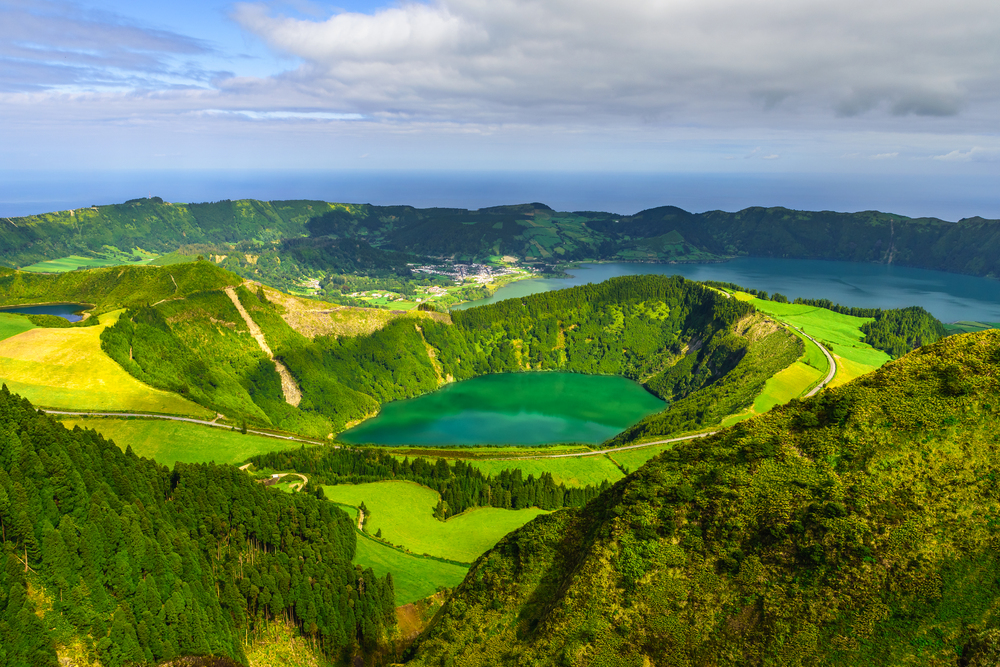
The westernmost of California’s Channel Islands receives fierce winds and regular fog banks that discourage development but create perfect conditions for a wildlife sanctuary. Campers reaching this remote outpost find themselves surrounded by thousands of barking elephant seals, sea lions, and harbor seals that crowd shoreline rookeries just steps from the island’s sole campground.
The nine-mile hike to Point Bennett rewards intrepid visitors with one of the few places worldwide where six pinniped species can be observed simultaneously from shore. The naval bombing range turned national park requires advance permits and sometimes closes temporarily for wildlife protection or weather conditions.
Despite being just 55 miles from Los Angeles, the logistics of reaching San Miguel ensure that you’ll likely share the entire island with fewer than a dozen other campers.
Raspberry Island – Wisconsin
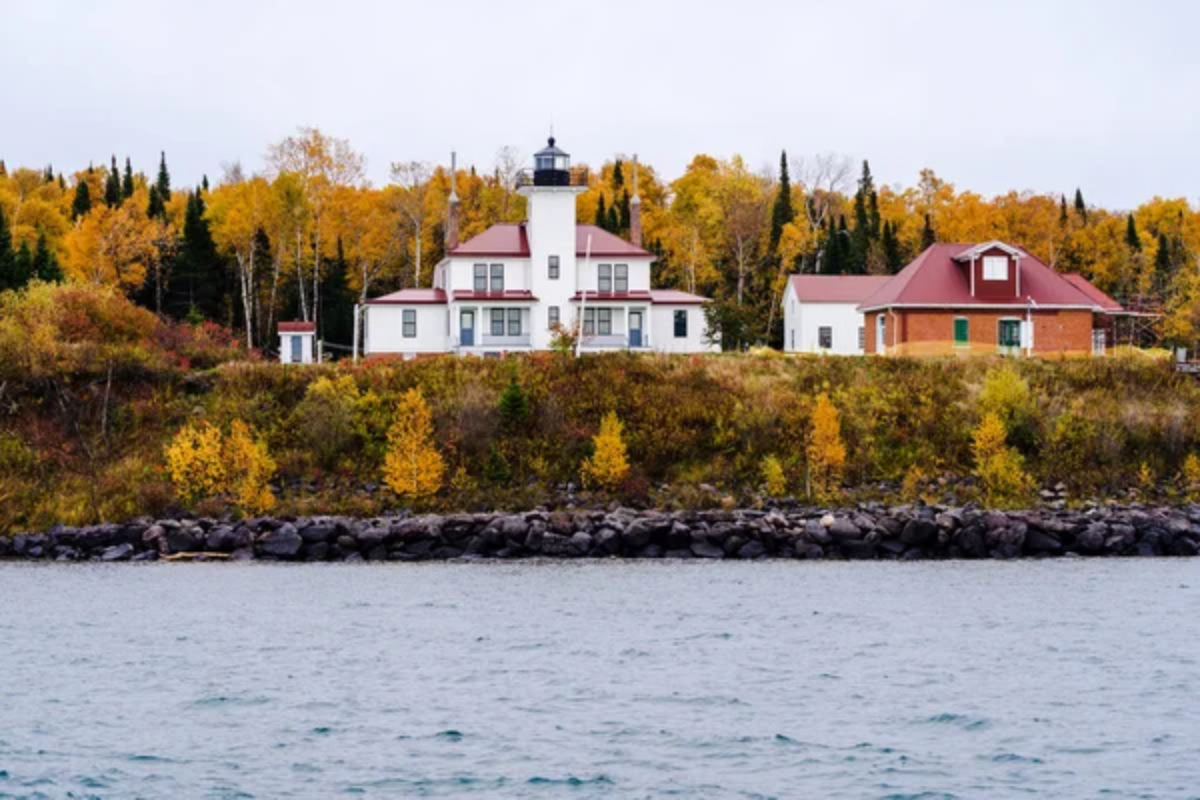
This Apostle Islands gem offers mainland paddlers of moderate ability a perfect introduction to island camping without requiring expedition-level skills or equipment. The five-mile crossing from Little Sand Bay passes through typically protected waters, delivering kayakers to a shoreline of multicolored sandstone cliffs and hidden sea caves.
The island’s six primitive campsites sit within a serene hemlock forest that covers much of the interior, providing natural sound dampening that amplifies the lakeshore’s gentle rhythms. During late summer, namesake wild raspberries grow in abundance near campsite clearings—nature’s perfect accompaniment to morning coffee with Lake Superior views.
Though part of a popular national lakeshore, Raspberry receives significantly fewer visitors than nearby islands with historic lighthouses or easier access.
Jones Island – Washington
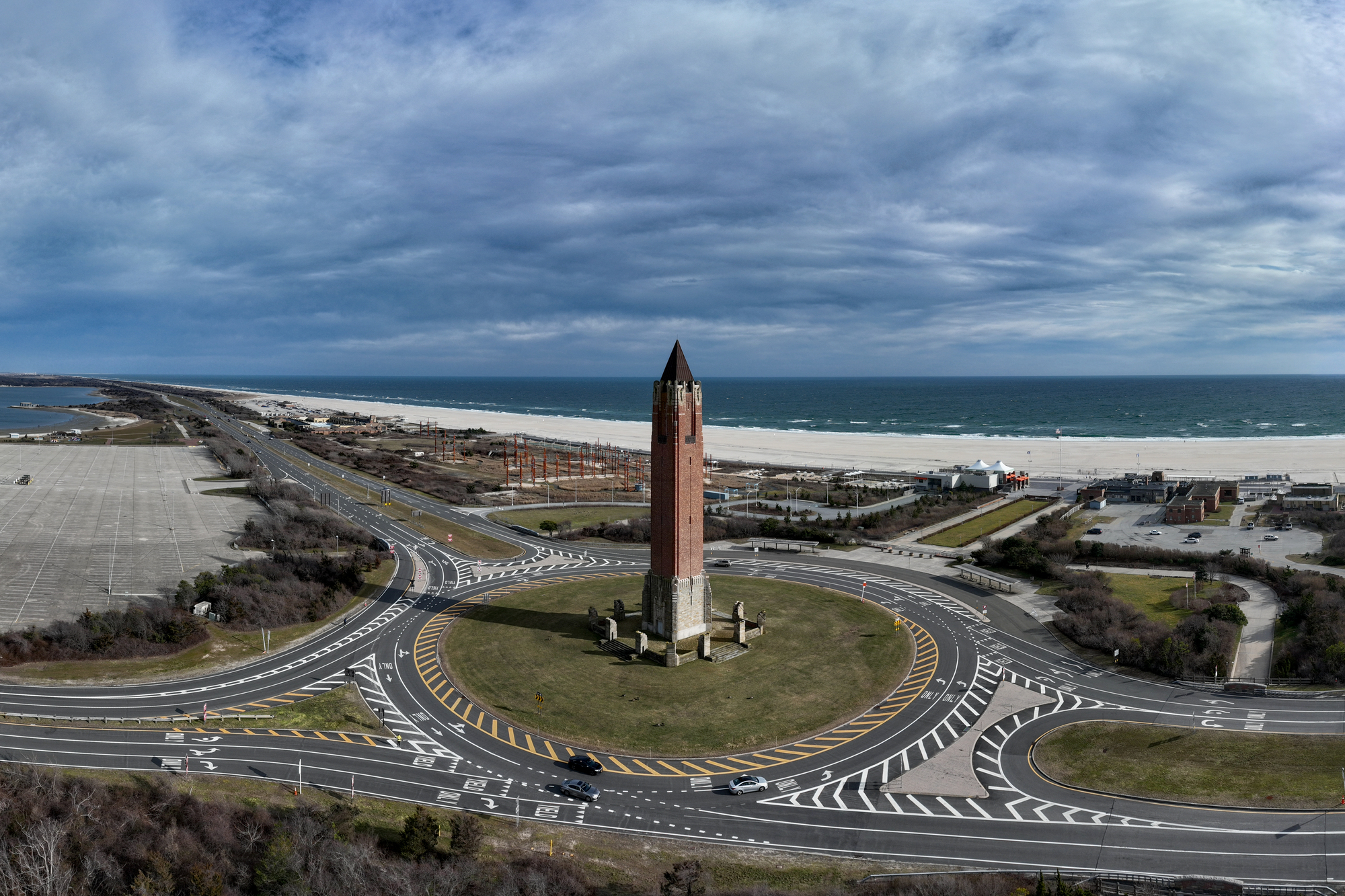
Accessible only by private boat or kayak, this small marine state park in the San Juan archipelago combines forest density with shoreline beauty in perfect proportion. The island’s western shore features driftwood-strewn beaches and dramatic sunset views across Orcas Island’s East Sound, while dense Douglas fir forests cover the interior.
Resident black-tailed deer have grown surprisingly comfortable with human visitors, sometimes wandering directly through waterfront campsites at dawn and dusk. The island’s unique attraction comes at dusk when harbor porpoises frequently feed in the surrounding waters—their distinctive puffing sounds carrying clearly across still evening air.
Despite popular whale-watching routes passing nearby, the absence of ferry service or commercial transport ensures Jones remains uncrowded even during peak summer months.
Like Travel Pug’s content? Follow us on MSN.
Assateague Island – Maryland/Virginia

Wild ponies have roamed this barrier island for centuries—descendants of shipwreck survivors, according to local legend, though likely introduced by colonial settlers avoiding livestock taxes. The island’s ocean-side camping areas sit directly behind primary dunes, allowing campers to fall asleep to Atlantic waves while enjoying protection from prevailing winds.
During migration seasons, the island becomes a stopover for thousands of shorebirds and waterfowl navigating the Atlantic Flyway—creating dawn chorus experiences unlike anywhere on the mainland. The Maryland section offers dedicated backcountry sites accessible only by hiking or paddling along the bay side, significantly increasing solitude even during busy periods.
Though popular for day visits, Assateague’s camping atmosphere completely transforms midweek and off-season when beaches are often entirely empty.
Garden Key – Florida
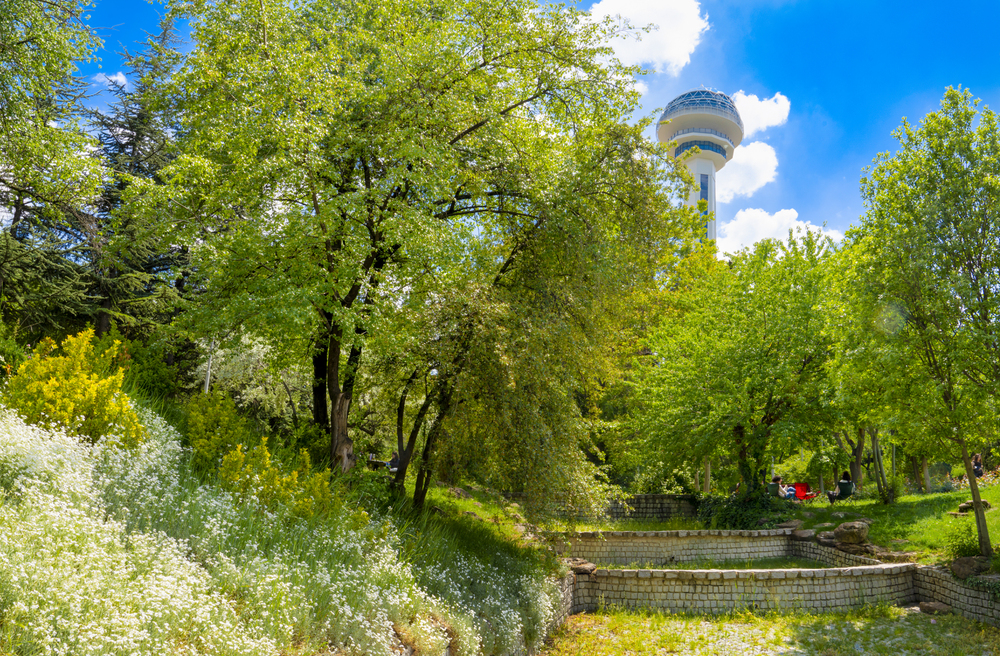
The remote Dry Tortugas—70 miles west of Key West, yet feeling worlds removed from Florida’s tourist crowds—center around this small island dominated by massive Fort Jefferson. Primitive campsites nestled along the fort’s outer moat wall provide perhaps an unparalleled historical camping context in America, with 19th-century brick walls towering nearby.
The surrounding waters contain remarkably preserved coral reefs accessible directly from the island’s beaches—no boat is needed for world-class snorkeling among tropical fish, gentle nurse sharks, and occasionally sea turtles. The island’s isolation means truly dark skies, with the nearest artificial light sources too distant to diminish the exceptional stargazing quality.
Though day-trippers arrive via seaplane and ferry during midday hours, campers experience profound solitude each evening as the last boat departs.
Warren Island – Maine
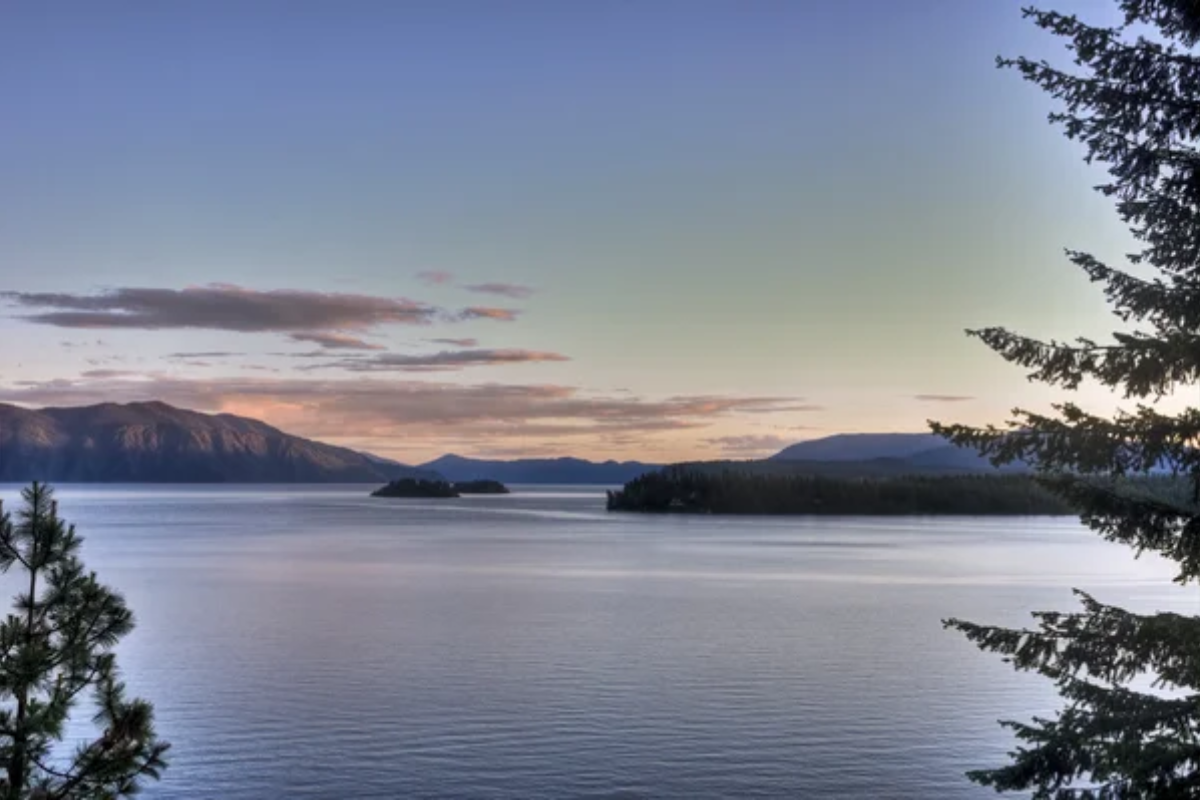
This small state park in upper Penobscot Bay offers classic Maine coastal camping without requiring technical boating skills or extended ocean crossings. The island’s nine well-separated sites face the Camden Hills across waters frequently traveled by traditional windjammers—working sailing ships that complete the idyllic Down East seascape.
Granite outcroppings along the shoreline provide perfect platforms for watching harbor seals, porpoises, and occasionally minke whales feeding in nutrient-rich waters surrounding the island. The dense spruce forest interior creates natural privacy between sites while concentrating stunning ocean views along the perimeter trail system.
Despite its accessibility from nearby coastal towns, the island’s boat-only access ensures significantly fewer visitors than mainland parks—particularly during weekdays when you might claim the entire island for yourself.
Like Travel Pug’s content? Follow us on MSN.
Santa Cruz Island – California
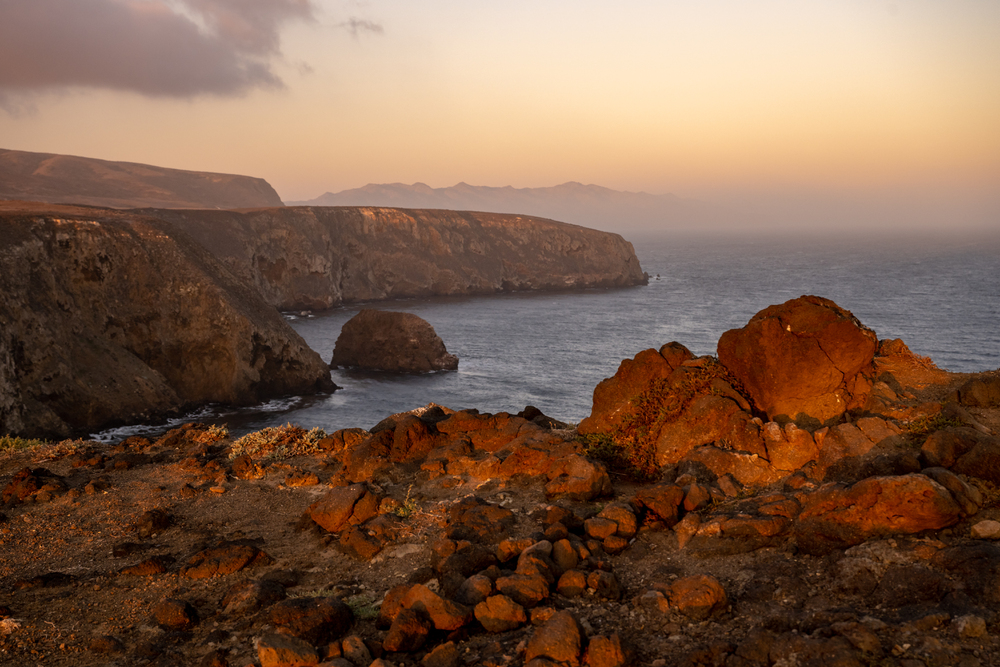
The largest and most ecologically diverse of California’s Channel Islands combines multiple ecosystems across its vast interior—from wind-swept plateaus to sheltered canyons filled with endemic island scrub oak. Scorpion Ranch campground sits within walking distance from the ferry landing, while the more remote Del Norte backcountry camp requires hauling gear through mountainous terrain—effort rewarded with genuine isolation.
Kayakers can access sea caves and kelp forests directly offshore, sometimes accompanied by playful harbor seals curious about human visitors. The island’s size supports longer explorations than most island camping destinations, with multi-day treks possible along its 60+ miles of trails.
Despite the proximity to Santa Barbara, the island’s limited transportation options (one ferry daily from the mainland) naturally restrict visitor numbers compared to capacity.
Rock Island – Wisconsin
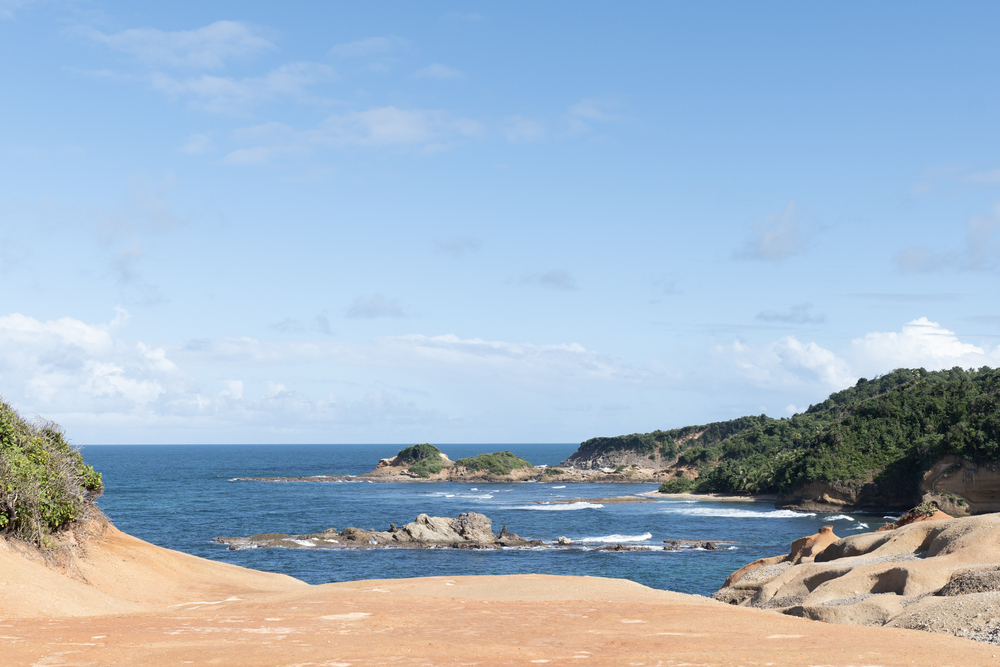
This car-free state park requires two ferry rides and a half-mile walk to reach—sufficient barriers to ensure light visitation even during Wisconsin’s brief but enthusiastic summer season. Located beyond Washington Island at Door County’s northern tip, Rock Island offers 40 primitive campsites scattered along shorelines composed of wave-polished limestone.
The island’s restored Viking Hall reflects its fascinating history as the retreat of Icelandic immigrant Chester Thordarson, who constructed the impressive stone structure during the 1920s. Trails circumnavigate the entire island, passing Wisconsin’s oldest lighthouse and revealing views across Death’s Door passage—waters named for treacherous currents that claimed numerous vessels during shipping’s heyday.
The double-ferry requirement discourages casual visitors, making midweek camping feel remarkably remote despite relative proximity to popular vacation communities.
Hope Island – Washington

This small marine state park in south Puget Sound offers surprisingly effective isolation despite its proximity to Olympia and Seattle. The island’s single dock accommodates visiting boats while five primitive campsites nestled among towering Douglas firs near the shoreline.
A two-mile trail circles the perimeter, passing an impressive madrona tree grove whose peeling cinnamon-colored bark and twisted forms create fantastical forest aesthetics. Oyster gathering (with proper licensing) provides campsite meals with unbeatable freshness—the surrounding beaches host abundant shellfish populations.
The island’s position in southern Puget Sound means calmer waters than northern regions, making this an ideal destination for novice kayakers seeking island camping without challenging conditions. Despite relatively simple access logistics, Hope rarely hosts more than a handful of overnight visitors except during peak summer weekends.
Like Travel Pug’s content? Follow us on MSN.
Protection Island – Ohio
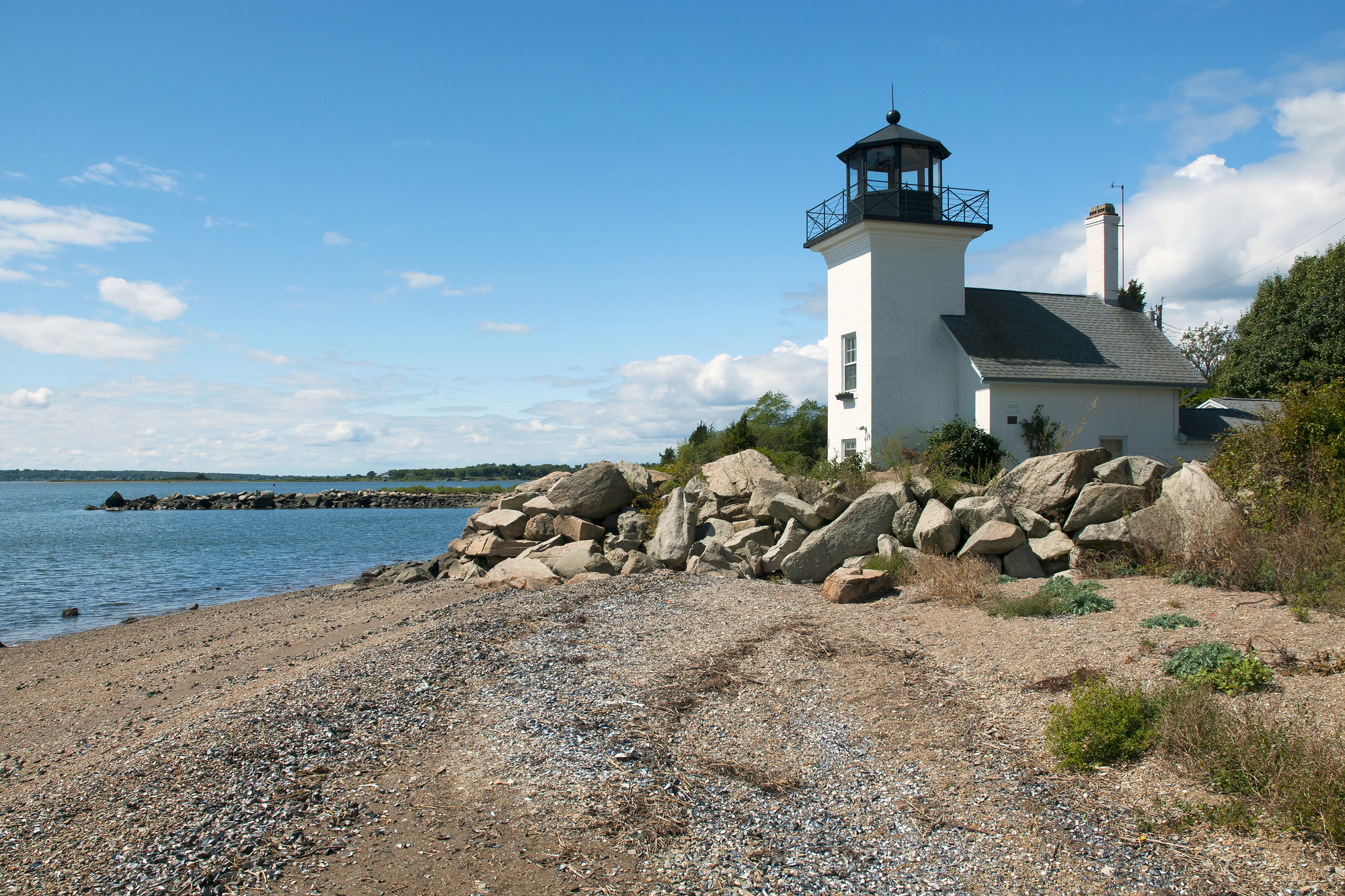
Lake Erie’s Bass Islands archipelago contains this often-overlooked camping destination—a small nature preserve where primitive sites occupy a former vineyard with sweeping water views. The island’s compact shoreline can be circumnavigated in under an hour, passing limestone outcroppings smoothed by centuries of wave action.
During spring and fall migrations, the island becomes a stopover for dozens of warbler species moving between Canadian nesting grounds and southern wintering territories. The surrounding waters host excellent smallmouth bass fishing opportunities directly offshore from camping areas.
Despite its proximity to popular Put-in-Bay, Protection receives minimal visitation due to its boat-access-only status and complete lack of development—creating remarkable tranquility just miles from one of the lake’s busiest tourist destinations.
Jewel Island – Maine
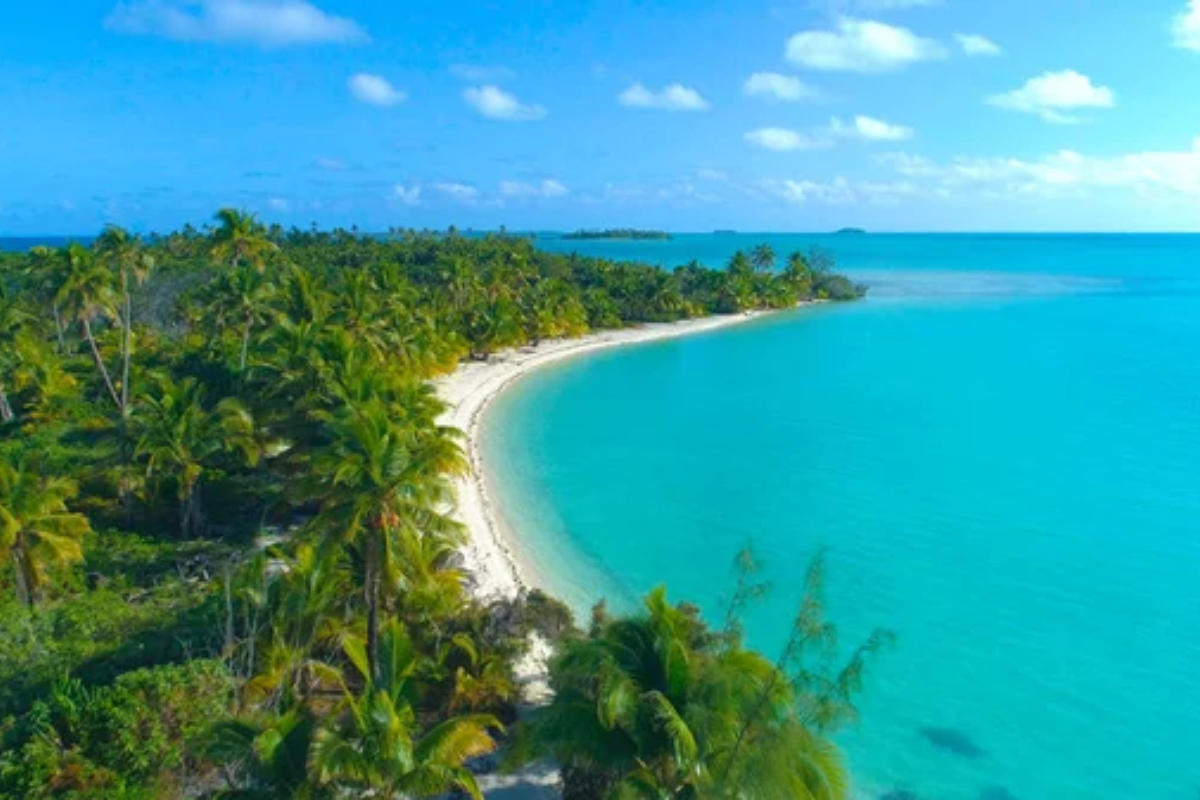
This gem in Casco Bay combines fascinating military history with classic Maine coastal aesthetics across its 126 largely undeveloped acres. Abandoned World War II observation bunkers and gun emplacements create unintentional sculpture gardens slowly being reclaimed by native vegetation.
The island’s southern cove provides a natural harbor for small craft, while campsites are spread across several areas, ranging from shoreline positions to more sheltered forest locations. Low tide reveals extensive mudflats connecting to surrounding smaller islands—creating temporary exploration opportunities impossible during high water.
The island’s position relatively far out in Casco Bay ensures genuine night sky darkness despite Portland’s proximity, with the city’s glow visible only as a faint illumination along the southwestern horizon. Though privately owned by Maine Coast Heritage Trust, camping remains permitted through an honor system registration.
Channel Islands Harbor Beach – California
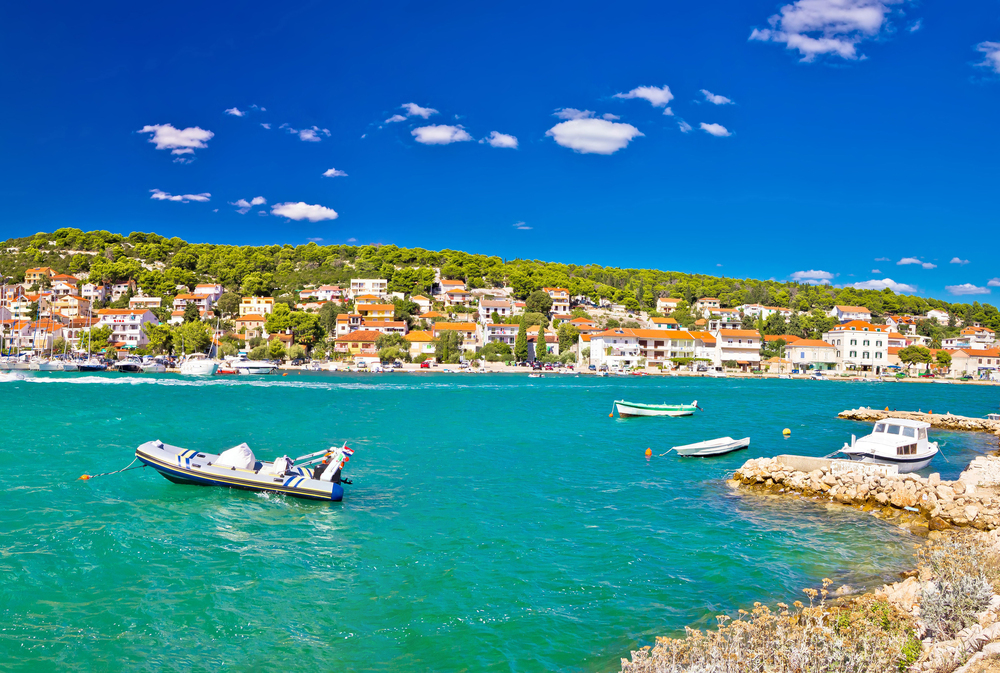
Don’t let the name mislead—this isn’t actually a California destination but rather a secluded camping beach on Honeymoon Island in Florida’s Lake Harris. The uncanny naming coincidence creates confusion that helps keep visitor numbers low despite excellent facilities, including a solar shower, composting toilet, and designated fire ring.
The small island sits within paddling distance of Hickory Point Recreation Area, making access straightforward for even novice kayakers or canoeists. The surrounding freshwater ecosystem supports osprey, bald eagles, and numerous wading birds that frequent the island’s edges during morning feeding hours.
Spanish moss draped from overhanging oaks creates natural privacy screens between the three designated camping areas. Local knowledge remains the primary way people discover this hidden gem—it rarely appears in standard camping guides despite offering an ideal introduction to island camping with minimal equipment requirements.
Like Travel Pug’s content? Follow us on MSN.
Island Dreams Realized

The distinct psychology of island camping transcends mere geographic separation—these experiences satisfy something deeper than standard outdoor recreation. Temporary island life creates natural boundaries between everyday concerns and immediate experience, forcing presence in ways rarely achieved elsewhere.
The physical act of crossing water—whether by ferry, kayak, or charter boat—serves as both a literal and a metaphorical transition into a different mindset. These 15 destinations offer accessibility without sacrificing the essential element that makes island camping so compelling: the profound shift in perspective that occurs when mainland connections temporarily disappear across the water.
More from Travel Pug

- Cities Growing so Fast You Won’t Recognize Them in 10 Years
- 13 Destinations Where Tourists Regularly Regret Their Trip
- 16 U.S. Cities That Are Quietly Becoming Travel Hotspots
- Where to Travel If You Love Long Bus Rides and Daydreams
- 20 Cities Perfect for Solo Travelers Who Crave Adventure & Culture
Like Travel Pug’s content? Follow us on MSN.
